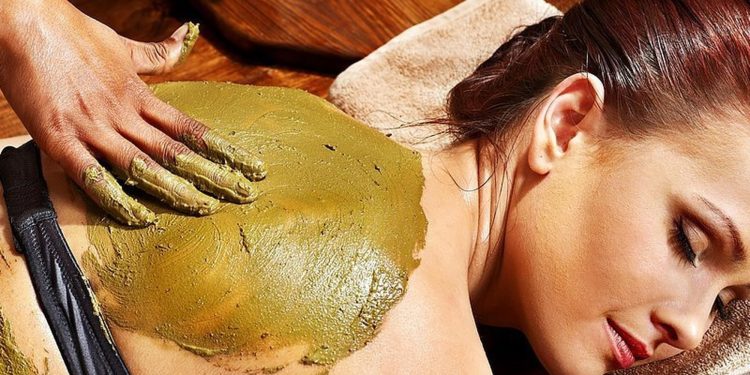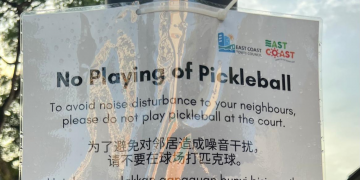Spas — the saving grace of many a weary and disillusioned soul. While the typical spa experience conjures up images of massages and mud baths, the definition of the modern spa experience has expanded to include facials, body scrubs, even meditation and exercise classes.
In this article, we dive deeper into spas that promote the renewal of mind, body, and spirit, through a variety of singular practices and environmental components. Slow down and pamper yourself with these one-of-a-kind spas from around the world:
Blue Lagoon, Iceland

As one Tripadvisor reviewer puts it, the Blue Lagoon is a “joyful Disneyland feeling in water paradise”. Nestled amid rocky volcanic landscapes and alien-like black lava fields, the Blue Lagoon looks ethereal and otherworldly. Steam occasionally billows across the milky blue waters, and the stunning shade of blue is because of the unique combination of silica, algae, and minerals that does wonders for your skin.
Visitors can choose from three options: Comfort, Premium, and Luxury for entry into the spa. The lagoon is open all year round, and the best time to visit is often in the evening — for the midnight sun in summer or the Northern Lights in winter.
Thermal Beer Bath, Budapest, Hungary
For the ultimate rejuvenating effect, bathe in 36°C (96.8°F) thermal water combined with natural beer ingredients — malt, yeast, hops, and beer salt, all elements that are rich in vitamins and minerals. Bonus? You get a beer tap in between the tubs you’re soaking in, so you can drink all the Czech beer you want to your heart’s content.
One of two spas in the city to offer the option of bubbling in yeasty, aromatic beer, the Szechenyi Thermal Baths in Budapest is known to be healing and luxuriously calming. After your beer bath, soak in any of the 18 medicinal pools within the beautifully decorated, Neo-Renaissance inspired complex to end off your relaxing retreat.
Hammam, Turkey
The Traditional Turkish Bath (or ‘Hammam’) in Turkey is a transcendental experience of purification. The typical package includes 45 minutes of washing: beginning with 10-15 minutes in the hot room, where you can relax and sweat it out; a thorough scrubbing and exfoliation by an attendant with a special kese glove; and the highlight — the traditional foam massage.
If you’re looking for baths that accept mixed groups of men and women, try the Suleymaniye or Galatasaray in Istanbul. Sit back and relax on the warm marble slab (‘gobektasi’) as the attendant lathers your entire body with a soft, foam-filled cloth for a soothing, sudsy massage. This all takes place in an opulent, marble-covered room — usually designed for rays of light to stream through a high, central dome, creating a lavish, almost decadent experience.
Jjimjilbang, South Korea
The Jjimjilbang (a traditional, gender-segregated Korean public bathhouse) is a way of life in South Korea. These Korean spas are often multi-storey complexes that are open 24-hours and feature all kinds of amenities from hot tubs and saunas to ice rooms, private sleeping quarters, and karaoke bars.
Try immersing yourself in a kiln sauna for the ultimate Jjimjilbang experience — these wood and charcoal powered stone kilns reach up to temperatures of 200°C (392°F) and are believed to promote relaxation and detoxification of the body through sweat. Visitors often huddle on rice-straw mats within the clay dome and drape towels over their heads to protect themselves from the intense heat.
Banya, Russia
What the Jjimjilbang is to Koreans, the Russian Banya (traditional Russian bathhouse) is to Russians. The typical banya comprises a steam room with long wooden benches, pools or buckets of cold water, and leafy, fragrant bundles of birch, oak, fir or eucalyptus (‘venik’).
Named ‘the tsar of banya’, the venik is used to flog the skin, and this act is said to help improve blood circulation and release toxins from the body. Sounds unusual, but the Russian banya is all about high-humidity steaming, followed by a careful lashing of the skin with a softened bundle of twigs. Felt hats are part of the stimulating experience, and while they may look strange, wearing them is necessary to protect your head and reduce the risk of overheating. As the Russians would say, “A bath-broom in the banya is worth more than money.”












